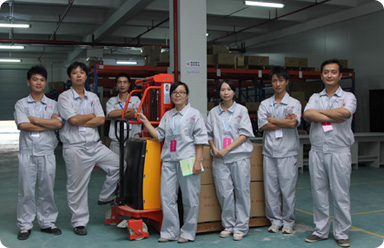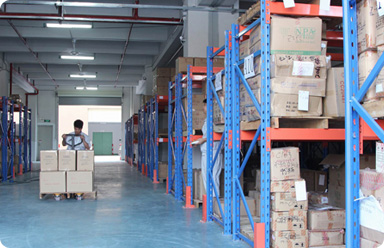Home > Services and Benefits > Warehousing
Characteristics of modern logistics management information system
1、Systematization:①information integration;②structure optimization; ③whole function.
2、Modularization:①function generalization; ②processing logicalization; ③module position clarification.
3、Real-time change: timely, accurate, and controllable.
4、Webification: from the South China logistics to the nationwide covering.
5、Modernization: equipped with high-tech achievements.

Modern Logistics Management Information System Structure
① The initial data acquisition and processing: logging in and modification of the data of commodity purchase, sales, transfer and storage, inputting and modification of accounting account, document writing, voice, image, and the original record of all kinds of things, etc.
② Business processing: transport management, storage management, distribution management and circulation and processing management, etc.
③ Financial processing: accountings like cost accounting, capital accounting, profit accounting and fixed asset management, comprehensive accounting plan management, etc.
④ Personnel management: staff file management, salary and bonus management, labor discipline assessment management, employment allocation management and comprehensive statistics (bookkeeping) management, etc.
⑤ Property management: low-value consumables management, fixed assets management and energy consumption management, etc.
⑥ Office management: meeting management, written records, document filing management and enterprise publicity management, etc.
⑦ Assessment management: economic indicators assessment management, staff performance assessment management, staff labor discipline violation management, etc.
⑧ Comprehensive inquiry management: comprehensive plan index completion inquiry, stock inquiry, commodity price inquiry, goods delivery plan inquiry and employee status inquiry, etc.
⑨ Statistical analysis and decision support management: purchase statistics and analysis, inventory statistics and analysis, transportation statistics and analysis, labor efficiency statistics and analysis, sales statistics and analysis, customer statistics and analysis as well as financial statistics and analysis, etc.
